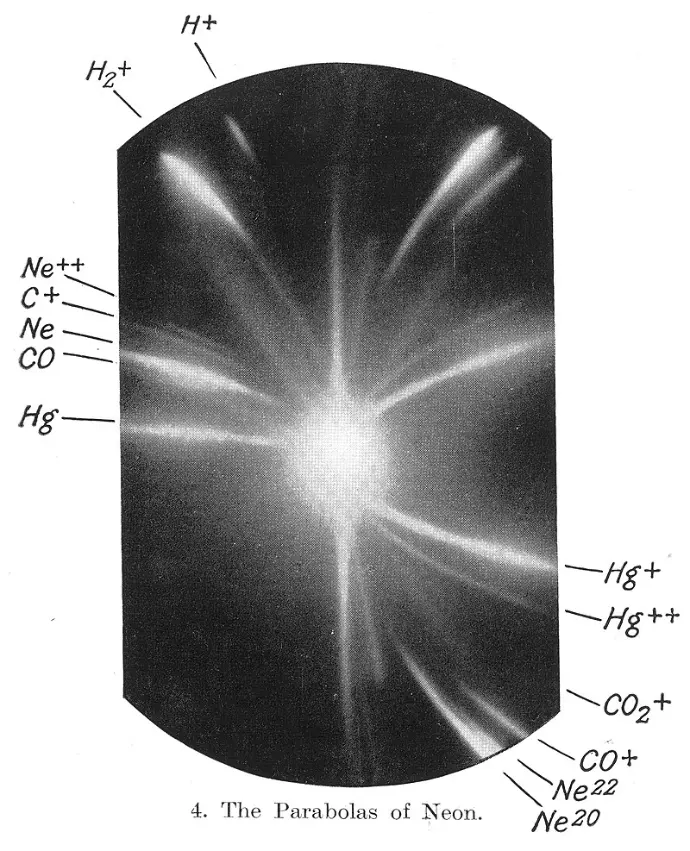Mass Spectrometry: Principles, Techniques, and Applications
Introduction
Mass spectrometry (MS) is an analytical technique used to measure the mass-to-charge ratio (m/z) of ions. It enables identification, characterization, and quantification of molecules in complex mixtures with high sensitivity and specificity. Mass spectrometry has become indispensable in diverse fields such as proteomics, metabolomics, pharmaceutical analysis, environmental monitoring, and biotechnology.
Principles of Mass Spectrometry
Mass spectrometry involves three main steps:
Ionization: The sample molecules are ionized to generate charged species (ions). Ionization methods can be “soft” or “hard,” depending on whether the molecule remains intact or fragments.
Mass Analysis: The generated ions are separated based on their mass-to-charge ratio (m/z) using a mass analyzer.
Detection: The separated ions are detected, and their relative abundance is recorded to produce a mass spectrum.
A typical mass spectrum plots ion intensity against m/z, enabling qualitative and quantitative analysis.
Ionization Techniques
Selecting an appropriate ionization technique is critical because it affects the type of ions formed and the quality of data obtained.
Electron Ionization (EI)
One of the earliest ionization methods.
A high-energy electron beam bombards gaseous molecules, causing fragmentation.
Commonly used for volatile and thermally stable small molecules.
Produces reproducible fragmentation patterns useful for structural elucidation.
Electrospray Ionization (ESI)
A soft ionization technique ideal for large biomolecules such as proteins and peptides.
The sample solution is sprayed through a charged needle, creating charged droplets.
Solvent evaporation leads to release of multiply charged ions.
Enables direct coupling with liquid chromatography (LC-MS).
Matrix-Assisted Laser Desorption/Ionization (MALDI)
Another soft ionization method often used for large biomolecules.
The analyte is co-crystallized with a matrix compound that absorbs laser energy.
A laser pulse ionizes the matrix, causing desorption and ionization of analyte molecules.
Commonly used in proteomics, microbiology, and polymer analysis.
Other Ionization Methods
Atmospheric Pressure Chemical Ionization (APCI)
Fast Atom Bombardment (FAB)
Secondary Ion Mass Spectrometry (SIMS)
Mass Analyzers
After ionization, ions are separated according to their mass-to-charge ratio by the mass analyzer. Different analyzers have unique strengths:
Quadrupole Mass Analyzer
Uses oscillating electric fields to selectively stabilize or destabilize ion trajectories.
Scans ions sequentially by adjusting radiofrequency voltages.
Compact, robust, and widely used in routine analysis.
Time-of-Flight (TOF)
Measures time ions take to travel a fixed distance.
Ions are accelerated to the same kinetic energy, so velocity depends on m/z.
High mass range and fast acquisition, suitable for MALDI and LC-MS.
Ion Trap
Traps ions using electric or magnetic fields.
Allows MS/MS (tandem mass spectrometry) experiments for structural analysis.
Compact and versatile but limited mass range.
Orbitrap and Fourier Transform Ion Cyclotron Resonance (FT-ICR)
High-resolution analyzers based on orbital motion of ions.
Provide exceptional mass accuracy and resolving power.
Used in advanced proteomics and metabolomics.
Tandem Mass Spectrometry (MS/MS)
MS/MS involves multiple stages of mass analysis, enabling detailed structural characterization of ions by fragmentation.
The first MS stage selects a precursor ion.
The precursor is fragmented in a collision cell.
The second MS analyzes the resulting fragment ions.
This approach enhances specificity and is widely applied in peptide sequencing, metabolite identification, and targeted quantification.
Applications of Mass Spectrometry
Proteomics
Identification and quantification of proteins in biological samples.
Post-translational modification analysis.
Biomarker discovery for disease diagnostics.
Metabolomics
Profiling small molecules in biological systems.
Studying metabolic pathways and disease mechanisms.
Pharmaceutical Industry
Drug discovery and development.
Pharmacokinetics and metabolism studies.
Quality control and impurity profiling.
Environmental Analysis
Detection of pollutants and toxins.
Monitoring of pesticides and contaminants in water and soil.
Clinical Diagnostics
Newborn screening.
Therapeutic drug monitoring.
Detection of infectious agents.
Advantages of Mass Spectrometry
High sensitivity, capable of detecting low-abundance analytes.
Excellent specificity due to mass-based separation.
Ability to analyze complex mixtures without extensive sample preparation.
Structural information through fragmentation patterns.
Compatibility with chromatography techniques (LC, GC) for enhanced separation.
Recent Advances and Future Directions
Development of ambient ionization techniques enabling direct analysis without chromatography.
Advances in high-resolution MS instruments improving mass accuracy.
Integration with bioinformatics tools for large-scale data interpretation.
Miniaturization for point-of-care and field applications.
Enhanced imaging mass spectrometry for spatial molecular mapping.
Conclusion
Mass spectrometry is a cornerstone technology in modern analytical science, offering unparalleled capabilities for molecular identification and quantification across many disciplines. With continual innovations in instrumentation and methodology, MS remains at the forefront of research and diagnostic applications, driving breakthroughs in biology, medicine, and environmental science.
